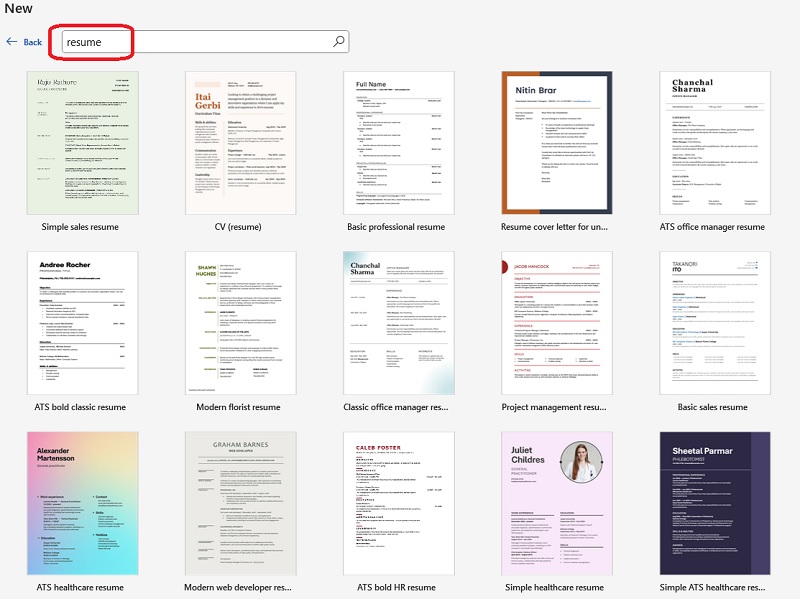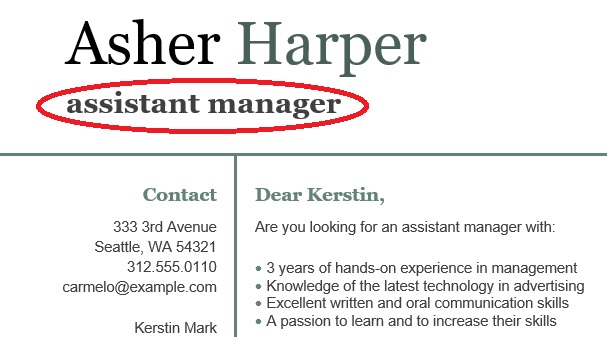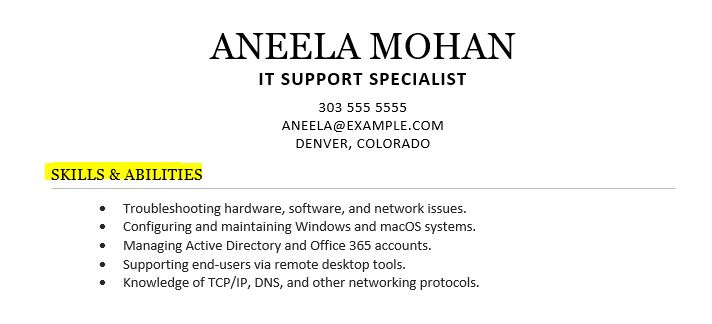Applying for jobs can be frustrating, especially when you don’t hear back after sending out multiple applications. Here are some common reasons why this happens and actionable tips to improve your chances of getting a response.
1. You Applied Too Late
Reason
Hiring managers get a lot of applications and often start sorting through the first few they receive. If they find a strong candidate early on, they may hire before reviewing yours.
Fix
- Set up email alerts so you are one of the first to get notified about job openings.
- Be the first to apply!
2. You Don’t Meet the Minimum Requirements
Reason
Employers often filter out applicants who don’t meet the basic qualifications or experience levels required for the role.
Fix
- Focus on jobs where you meet at least 70-80% of the listed qualifications.
- Highlight transferable skills in your application to address any gaps.
3. High Competition for the Role
Reason
Popular jobs on platforms like Indeed can receive hundreds of applications, making it harder for yours to stand out.
Fix
- Apply as early as possible.
- Set job alerts to be notified of new postings.
- Consider networking with employees at the company to improve your chances.
4. You Need a Better Resume Template

Reason
Using a generic or outdated resume template can make your application look unpolished or fail to highlight your strengths effectively.
Fix
- Explore modern, professional templates available in Microsoft Word by searching for resume in the templates section.
- Use clean and ATS-friendly designs that focus on clear sections for experience, skills, and education.
- Avoid overly designed or graphic-heavy templates that might not be compatible with applicant tracking systems.
5. No Title Under Your Resume

Reason
If your resume doesn’t have a clear title, recruiters may not immediately understand your professional role or expertise.
Fix
- Add a professional title (e.g., “Marketing Specialist” or “Software Engineer”) at the top of your resume to define what you do.
- Ensure the title aligns with the role you’re applying for.
6. You Don’t Have a Skills Section

Reason
Recruiters often scan resumes for a skills section to quickly identify your qualifications. If it’s missing, they may overlook your application.
Fix
- Add a bullet-pointed skills section tailored to the job you’re applying for.
- Place the skills section at the top of your resume for easy visibility.
7. Your Online Presence (LinkedIn) Doesn’t Align
Reason
Employers often check LinkedIn and other social media profiles. Discrepancies or unprofessional content can hurt your chances.
Fix
- Update your LinkedIn profile to match your resume.
- Ensure your online presence is professional and reflects the image you want to project to employers.
8. Not Following Up After Applying
Reason
Employers might prioritize applicants who show continued interest.
Fix
- Send a polite follow-up email about a day or two after applying.
- Express your enthusiasm and inquire about the status of your application.
9. Overlooking Application Instructions
Reason
Ignoring specific instructions, such as including a portfolio or answering additional questions, can lead to disqualification.
Fix
- Carefully read the job posting and follow all instructions.
- Attach any requested documents and answer additional questions thoughtfully.
10. Incomplete Indeed Profile
Reason
A sparse or incomplete profile may cause recruiters to skip your application. Make sure to fill it out completely and answer all sections. In addition, Indeed may not provide a full profile to hiring managers if it’s incomplete.
Fix
- Complete all sections of your Indeed profile, including a professional summary, skills, and job history.
- Add relevant certifications and update your profile regularly.
Not hearing back after applying for jobs can be disheartening, but understanding the reasons behind it can help you refine your approach. Focus on tailoring your application, presenting yourself professionally, and following up appropriately. With persistence and the right strategies, you’ll increase your chances of landing interviews and, ultimately, the job you want. Check out our job seeker resources for additional help.
Content reviewed and published by Tier2Tek Staffing Editorial Team .
